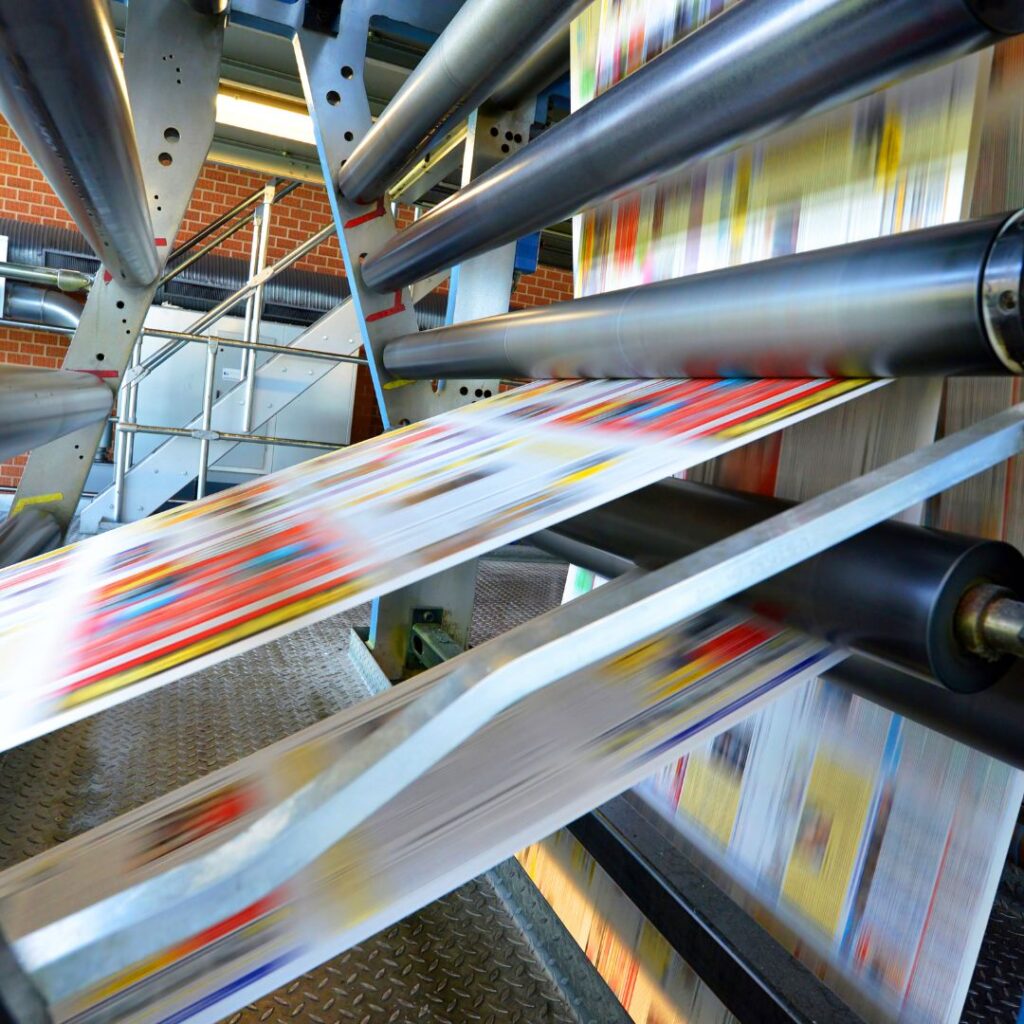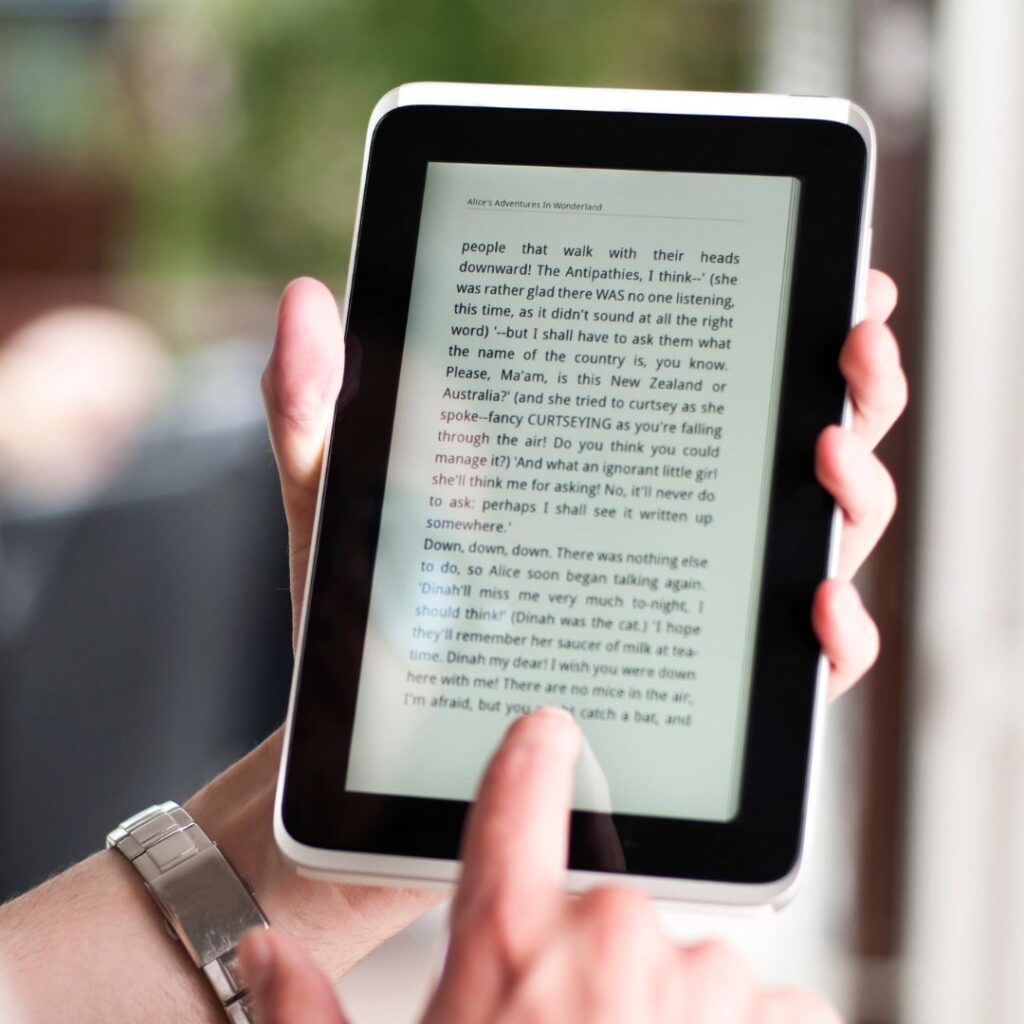Table of Contents
- Introduction
- Ancient Beginnings: From Stone Tablets to Papyrus Scrolls
- The Middle Ages: Illuminated Manuscripts and the Invention of the Printing Press
- The Industrial Revolution: Mass Production and Distribution
- The Digital Age: E-Books and Digital Publishing
- The Future: Predictions and Innovations
- Conclusion
Introduction
Publishing is an integral part of human civilization. For thousands of years, we have found ways to record and distribute information, stories, ideas, and discoveries. This has enabled knowledge to be passed down through generations, allowing us to learn from the past and build upon it. Therefore, the evolution of publishing is intertwined with the evolution of human society itself.
In this write-up, we will embark on a journey through the history of publishing. We will uncover how it started with simple stone tablets and papyrus scrolls in ancient times before moving into beautifully illuminated manuscripts painstakingly copied by hand during the Middle Ages.
The game changed again with Gutenberg’s printing press, which brought about mass production, transformed publishing, and made books available to the masses. From there, we will enter the modern digital age, where e-books and digital publishing have reshaped the industry once more.
We will examine the innovations that made each advancement possible along the way. We will also explore how each transition impacted authors, publishers, and readers. Publishing has allowed great ideas to spread, empowering social change and advancement. Understanding its evolution provides insight into how knowledge and information have shaped our world.
This journey will uncover the history of one of humankind’s most important inventions. It is a captivating tale filled with ingenuity, struggle, and progress.
Ancient Beginnings: From Stone Tablets to Papyrus Scrolls
The history of publishing dates back thousands of years to the earliest civilizations that developed systems for recording and disseminating information. The first known forms of publishing were stone tablets, which were used in ancient Mesopotamia and Egypt around 3500 BCE.
Chisels and hammers were used to carve words and images into stone, creating permanent records that could be displayed publicly. The most famous example is the Code of Hammurabi, a Babylonian legal code carved onto a seven-foot black stone pillar. Stone tablets were heavy and difficult to produce, but they allowed information to be preserved for generations.
Around 2500 BCE, the ancient Egyptians developed a more portable form of publishing using papyrus, a paper-like material made from the papyrus plant. Papyrus scrolls were produced by gluing together strips of the papyrus reed. Scribes wrote on the scrolls using reed brushes dipped in ink.
Papyrus scrolls were much lighter and easier to produce than stone tablets, allowing written works to circulate more widely. The Egyptians used papyrus scrolls to record everything from religious texts to government decrees. The scroll format meant writings had to be kept short, as overly long scrolls were cumbersome. This portability and brevity influenced how early writings were composed.
While primitive compared to modern publishing, these ancient methods established key concepts like documentation, duplication, distribution, and permanence of the written word. Papyrus scrolls also enabled the first libraries, allowing knowledge to be centralized, preserved, and accessed.
The libraries of ancient Alexandria in Egypt housed hundreds of thousands of scrolls and served as hubs of scholarship and learning. Overall, these early forms of publishing provided the foundation for standardized writing systems, literacy, and the dissemination of ideas that would be built upon for millennia.
The Middle Ages: Illuminated Manuscripts and the Invention of the Printing Press
The Middle Ages marked a significant shift in publishing practices.
Illuminated manuscripts became popular during this era, particularly among monasteries and churches. These were handwritten books decorated with intricate illustrations and designs using gold leaf, silver, and vivid pigments. Monks painstakingly produced these lavish manuscripts, making each a unique work of art. No two publications were the same.
Illuminated manuscripts enabled the spread of texts, especially religious ones like the Bible. However, books were still expensive and labor-intensive, limiting their availability. This changed dramatically in the mid-15th century with Johannes Gutenberg’s revolutionary invention of the movable type printing press.
Gutenberg’s press allowed books to be mass-produced for the first time. It mechanized the printing process using a movable metal type that could be arranged into pages, inked, and pressed onto paper. This automated technique was a vast improvement over handwriting and woodblock printing.
The printing press led to exponential growth in book production. Printing shops popped up across Europe, providing greater access to books on religion, classics, law, and more. By 1500, over 20 million volumes of publications had been printed. This allowed information and ideas to spread more rapidly to a broader audience.
The printing press transformed publishing from a niche, manual process into an industrial venture. It enabled the production of books and printed material on a much larger scale. This shift dramatically increased literacy rates and accelerated the spread of knowledge, setting the stage for massive cultural movements like the Renaissance.
The Industrial Revolution: Mass Production and Distribution

The Industrial Revolution marked a significant turning point in the history of publishing. As new manufacturing technologies emerged in the late 18th and early 19th centuries, book and newspaper production shifted from small shops to large factories. This allowed for mass production on an unprecedented scale, dramatically increasing the volume of printed materials.
One major innovation was the steam-powered printing press, which was much faster than old hand-operated presses. This allowed printers to churn out thousands of pages per hour compared to a few hundred previously.
Other important advances included stereotyping, which enabled entire pages to be replicated from a single mold, and the Fourdrinier machine, which produced continuous rolls of paper.
These new technologies slashed the costs and time required to produce books, newspapers, and magazines. Publishers could print larger runs to reach wider audiences across Europe and North America. The number of newspapers and periodicals exploded during this era as they became affordable for the urban middle class.
New transportation systems also facilitated the distribution of printed materials. Railroads and steamships enabled the quick transport of books and newspapers across continents. Mail services expanded, spreading information and ideas more rapidly than ever before.
While literacy rates were still relatively low, the Industrial Revolution set the stage for the democratization of knowledge. More people gained access to reading materials, fueling public discourse and education. This marked a profound shift toward mass communication and laid the groundwork for the publishing industry as we know it today.
In short, industrialization revolutionized publishing through mass production, improved distribution networks, lower costs, and expanded literacy. This era of mechanization ushered in a new age of publishing that was faster, more affordable, and more widespread than ever before.
The Digital Age: E-Books and Digital Publishing
The advent of digital technology has dramatically transformed the world of publishing. The creation of e-books and digital publishing platforms has completely reshaped the landscape. This digital revolution has brought opportunities and challenges for authors, publishers, and readers.

The Rise of E-Books
E-books first emerged in the 1990s and began gaining popularity in the late 2000s with the release of dedicated e-readers like the Amazon Kindle. E-books have several advantages over print books: they take up no physical space, allow instant delivery, and are often cheaper. By 2011, e-book sales surpassed print book sales on Amazon. While print still dominates, e-books comprise a substantial portion of book sales.
The Emergence of Digital Publishing
The internet has enabled a boom in digital publishing that allows anyone to self-publish and distribute their work digitally. Platforms like Amazon Kindle Direct Publishing (KDP) have democratized publishing by providing accessible tools for creating and selling e-books.
Meanwhile, websites like Wattpad and Medium allow authors to share their writing and connect with readers and fellow writers. For established authors, digital publishing provides increased worldwide visibility and access to readers.
How the Digital Revolution Disrupts the History of Publishing
The digital revolution has disrupted traditional publishing models and challenged publishers to adapt. Major publishers now rely on e-books alongside print. Digital-first imprints like Amazon Publishing focus solely on e-books and digital publishing.
While print books remain popular, digital has become indispensable for publishers seeking to meet changing reader preferences. My publishing house, for instance, began the e-book division in 2014 to cater to the growing market demand for e-books. Digital publishing has also enabled a rise in small independent publishers and self-publishing.
Benefits for Readers
For readers, e-books and digital publishing provide instant, affordable access to a vast selection of books on any device from anywhere in the world. Digital publishing gives readers access to niche genres and books from small presses.
Readers can sample books easily, share reactions online, and connect directly with authors. Yet print retains appeal for many readers who value tangible books. Ultimately, digital provides readers with more options and accessibility.
The digital revolution has thoroughly transformed publishing, posing opportunities and challenges. While the future remains uncertain, digital has become an integral part of the publishing landscape moving forward.
The Future: Predictions and Innovations
The publishing industry is on the cusp of significant changes as new technologies emerge and reading habits evolve. Here are some predictions for the future of publishing:
AI Will Transform the Publishing Industry
Artificial Intelligence (AI) is poised to transform the publishing industry significantly. It will streamline and automate many processes, such as content creation, editing, and marketing. AI algorithms can analyze reader behavior to predict trends and preferences, enabling personalized recommendations and targeted marketing strategies.
In content creation, AI tools can assist authors in generating ideas, improving writing quality, and even creating short pieces of content autonomously. AI-powered chatbots could provide interactive reading experiences, while machine learning could offer new ways to discover and categorize books.
By automating routine tasks, AI allows publishers to focus on strategic decisions and creative work. Despite fears of AI replacing human roles, AI will more likely augment human capabilities, fostering a collaborative relationship between humans and machines in the publishing industry.
More Personalized and Interactive Content
Publishers may leverage data and analytics to create personalized content tailored to individual readers’ interests and preferences. Books could integrate interactive elements like polls, quizzes, and choose-your-own-adventure storylines. Authors may engage readers in new ways through social media and virtual events.
Continued Rise of Digital Formats and Reading
Digital books, audiobooks, and serialized content will likely grow as readers increasingly consume content on smartphones, tablets, and smart speakers. Publishers will focus on enhancing digital reading experiences with multimedia integration and accessibility features.
Self-Publishing Gains Traction
Self-publishing has boomed with print-on-demand technology and distribution platforms like Amazon KDP and Lulu. This trend empowers more authors to share their work without traditional publishers. It poses challenges for major publishers seeking new authors and content.
Emerging Business Models and Startups
New business models, such as book crowdfunding or e-book subscription services, may arise. Startups will continue disrupting the industry, especially in digital publishing. Major publishers may acquire these startups or adapt their innovations.
Consolidation Among Publishers
Large publishing houses may consolidate, seeking economies of scale and synergies. In 2013, Penguin and Random House merged to become one of the world’s largest publishers. Independent publishers could also band together in alliances for greater resources. This may decrease overall competition in the industry. Keen firms have also been acquiring big-name publishers. For instance, private equity firm KKR recently bought Simon & Schuster for $1.62 billion.
Copyright and Piracy Issues
Copyright protection and piracy will remain significant concerns. Publishers will develop new digital security methods. Policymakers may update copyright laws for the digital age. Ultimately, publishers must add value that readers are willing to pay for.
While the publishing landscape is shifting, the human desire for knowledge, stories, and connection through books persists. Publishers who embrace innovation while staying focused on serving readers will thrive.
Conclusion
In this blog post, we have explored the fascinating evolution of publishing throughout history. From ancient civilizations using stone tablets and papyrus scrolls to the game-changing printing press during the Middle Ages to today’s e-books and digital publishing, we have seen how publishing methods have continuously adapted.
Some key points to recap:
- Ancient publishing laid the early foundations, with stone tablets and papyrus scrolls being some of the earliest forms of transferring information between people.
- The invention of the printing press revolutionized publishing by enabling the mass production of books and the spread of information.
- The Industrial Revolution brought further advancements through mechanization, allowing publishing on an unprecedented scale.
- The digital age has disrupted publishing again through new mediums like e-books and digital publishing.
While the formats and technologies have changed dramatically over time, the significance of publishing has remained constant. The ability to record information and stories and distribute them to a broader audience is a defining aspect of human civilization. Publishing has allowed ideas, creativity, and knowledge to be shared across generations and borders.
As we look to the future, the publishing landscape will likely continue to evolve with emerging technologies. But the core human desires for learning, entertainment, and connection through the written word will surely endure. The history of publishing is a testament to humanity’s timeless urge to read, write, and share our stories with the world.

1 thought on “The History of Publishing: A Journey Through Ages”